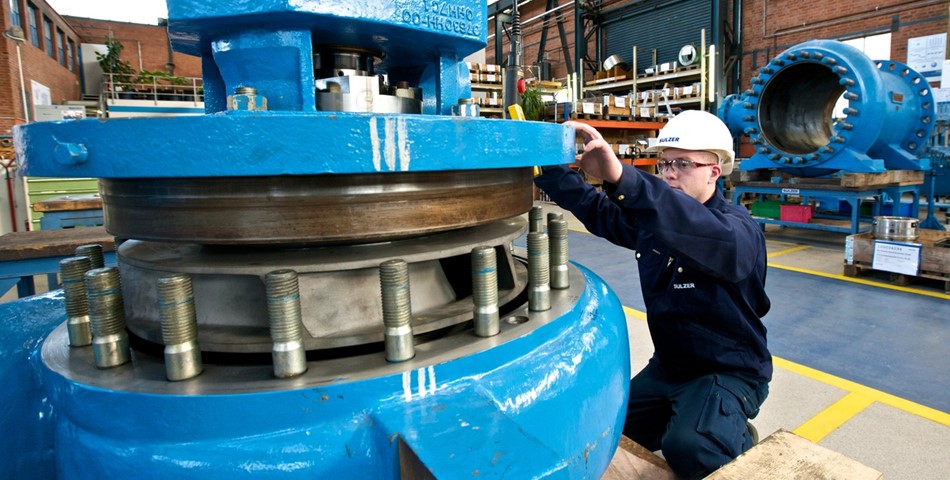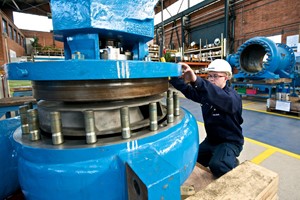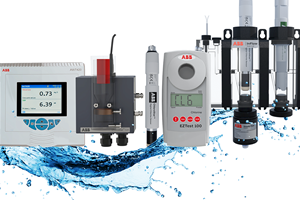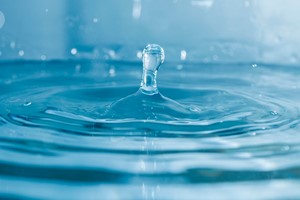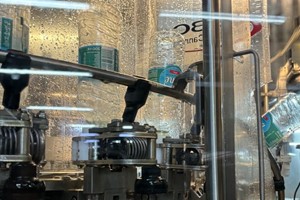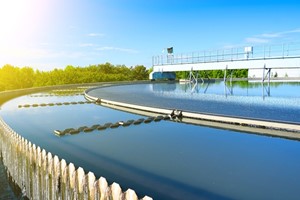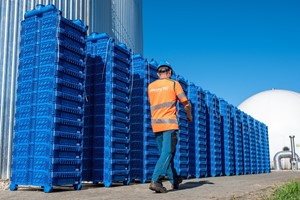For those in the energy industry, being able to identify pre-failure conditions and anomalous operation can offer a considerable advantage to a repeatable budget and bottom-line margins. Using this intelligence to permanently remove failure modes through retrofit solutions will further extend the service life of rotating equipment. Seth Tate, Technical Advisor with Sulzer, looks at how a cutting-edge software solution can analyze existing pump telemetry to reduce downtime and justify engineering improvements. Around the world, operators of high-energy pumps are well aware of the high running costs and therefore looking for effective and reliable strategies to reduce them. Implementing pro-active maintenance strategies is well-known to have a positive effect on downtime. Now it is possible to use data from existing sources to provide intelligence that will allow system availability and reliability to be improved.
Cost of downtime
The reduction in maintenance costs and equipment repair time are directly linked to corrective maintenance strategies, such as preventative maintenance, discrete predictive maintenance or online predictive maintenance. As the techniques to identify pre-failure conditions become more sophisticated, it is possible to perform the right maintenance task at the most opportune time. In addition, the insight provided can also be used to justify retrofit solutions. These extend the normal operating conditions of high value assets. At the same time, predictive maintenance strategies can leverage existing data sources and maximize their efficiency by applying big data analysis principles. This enables operators to achieve maximum availability and throughput and when high-value commodities are involved, this can amount to a lost profit opportunity (LPO) of USD 200’000 per day. In terms of performance and efficiency, a 4’000 hp (3’000 kW) pump operating at 43 percent of its best efficiency point (BEP) flowrate will present an LPO of approximately USD 300’000 per year. Looking at how reliability affects outcome, chronic seal failures in high-energy equipment can cost USD 18’000 per occurrence but including lost production can see costs rise to USD 144’000 per failure. Therefore, being able to implement remedial actions during planned maintenance periods before component failure occurs as well as understanding the root cause of an issue can deliver considerable value for the business.
Pump data acquisition
In order to translate equipment performance data into actionable intelligence, the related sensors as well as a conduit between the sensors and software must exist. Many pumping systems already have the necessary resources to satisfy data acquisition needs. The historical performance data that is already being stored can provide insights that are essential for the active monitoring process. By making better use of this stored data, it is possible to accelerate the journey to realizing value.
Sulzer



